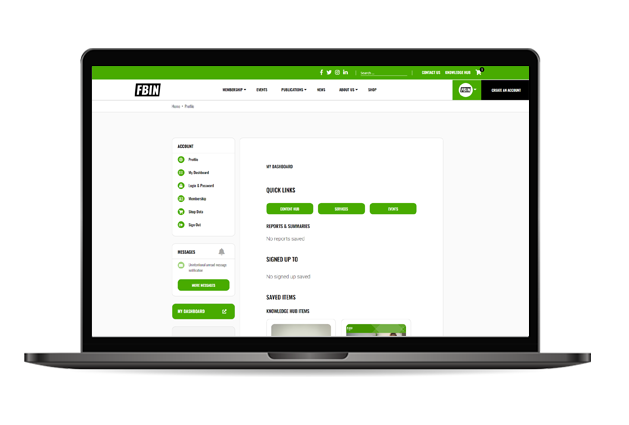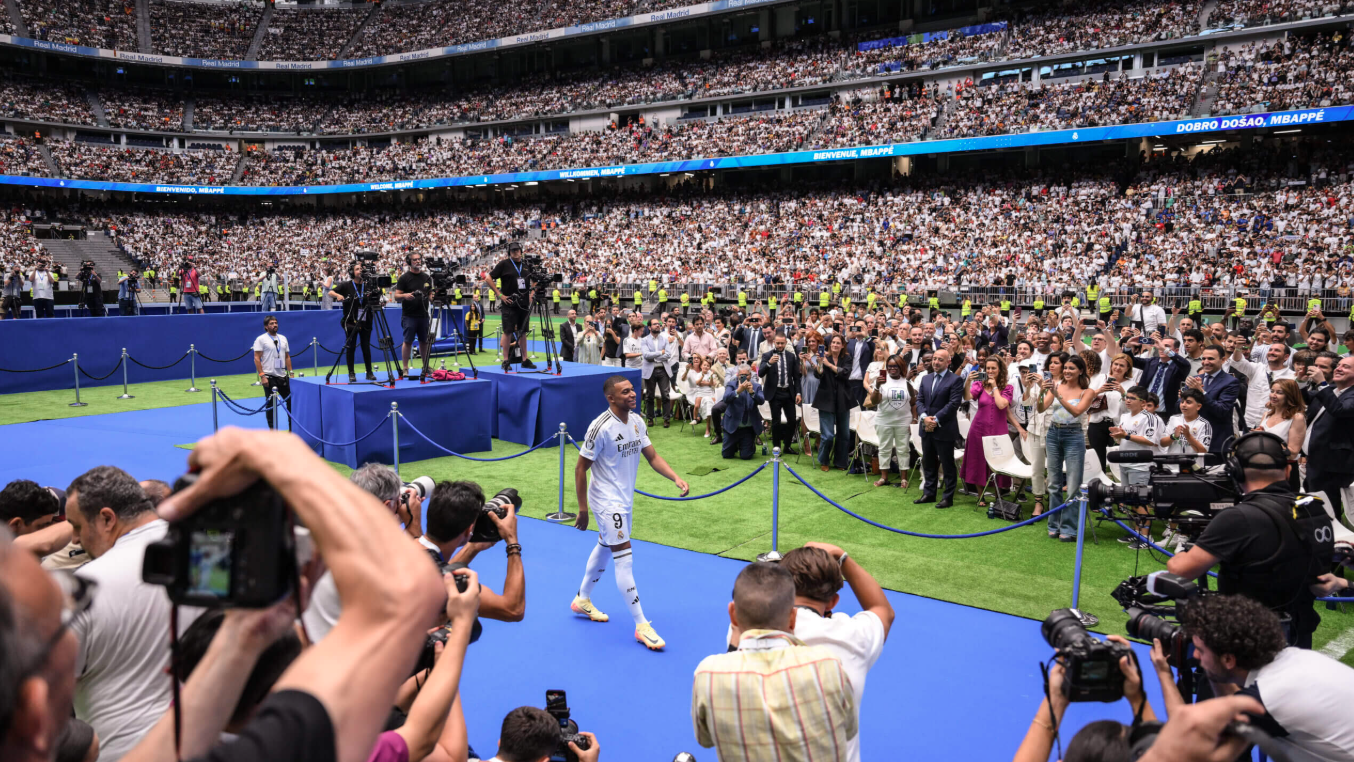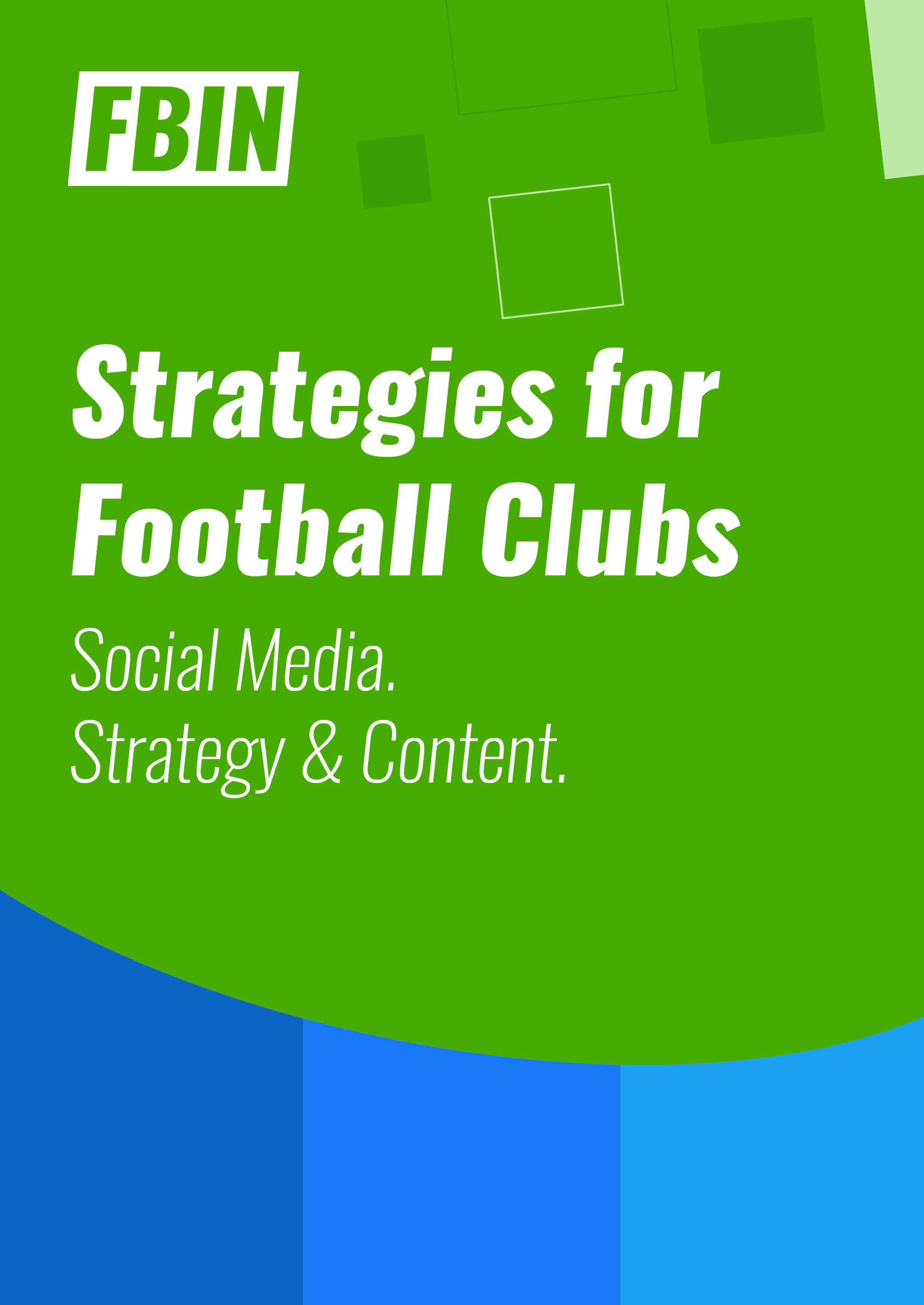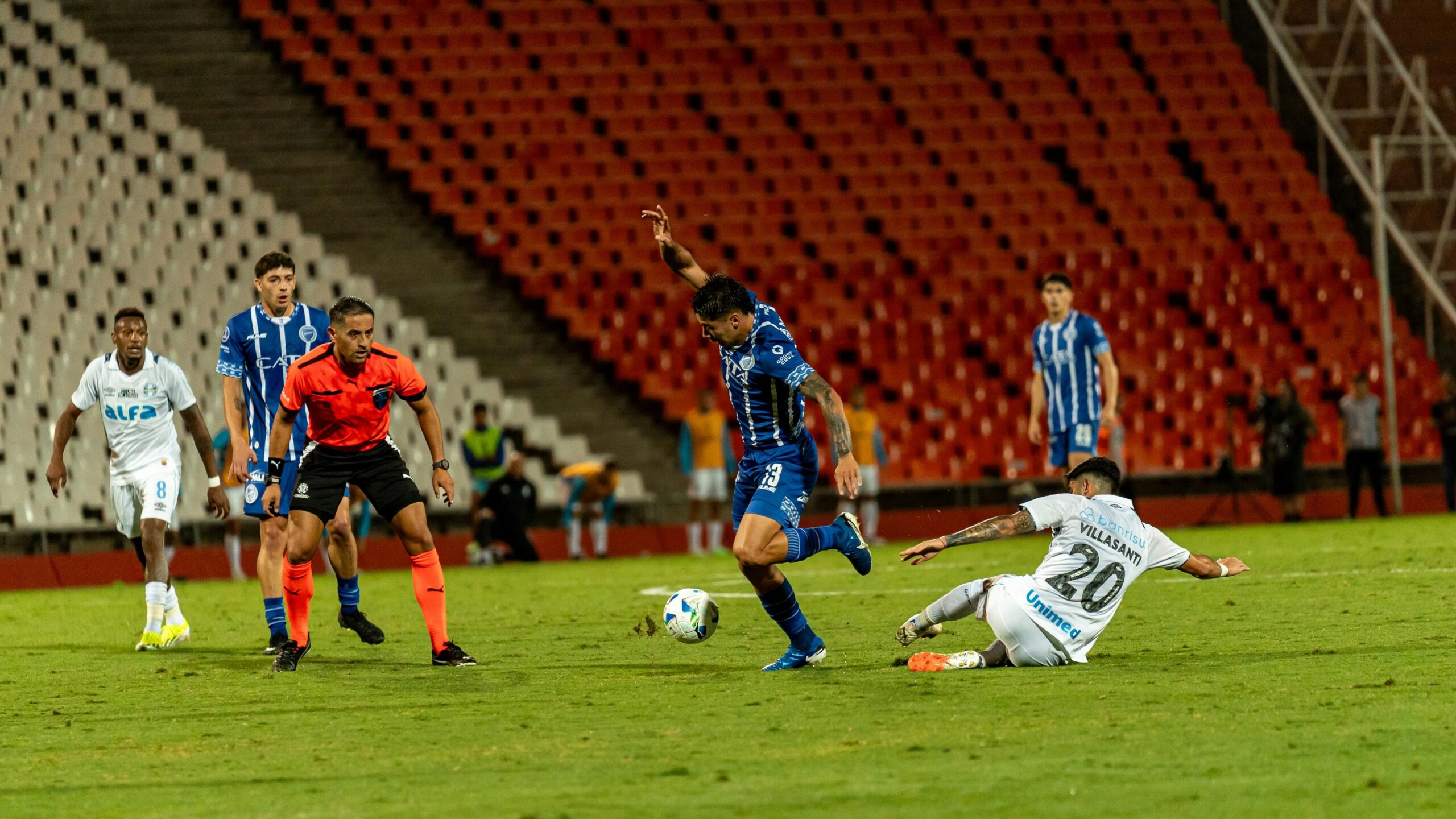Transfer windows are no longer limited to press releases and tunnel photos. Across European football, clubs are steadily refining how they present new signings, moving toward structured, multi-channel campaigns that serve both communication and commercial goals.
In this article, we look at how transfer content has evolved into a key part of club strategy. From creative formats and localization to sponsor integration and lean-team workflows, we highlight the tools and approaches shaping smarter, more effective transfer storytelling ahead of the 2025/26 season.
By Joachim Stelmach
Looking back, looking forward
Transfer windows have always delivered drama. Think Figo to Madrid, Torres to Chelsea, or Van Persie’s move to United. But in recent years, clubs across Europe have come to see transfers not just as operational events, but as prime storytelling opportunities.
By 2024, a clear shift had taken hold. The most forward-thinking clubs were no longer just announcing signings, they were launching them. These were fully planned content campaigns, blending creative formats, smart timing, and cross-channel execution. The goal wasn’t just reach. It was retention, loyalty, and even direct revenue.
Fast forward to June 2025, and that approach has matured. Transfer storytelling has become a playbook, not a trend. The clubs that invested in smarter, more localized and emotionally resonant content last year didn’t just win attention – they built momentum. And heading into 2025/26, they’ve reset the expectations for what a modern signing announcement should look and feel like.
Today, the question isn’t whether to produce transfer content, it’s how to make it smarter: tailored by channel, measured against outcomes, and connected to fan loyalty and commercial impact.
A shift in format
The biggest shift wasn’t in technology, it was in mindset. Clubs stopped thinking of transfer announcements as graphics, and started thinking of them as narratives.
Burnley surprised many with a humorous, Oasis-themed video for Hannibal Mejbri. It was filmed cheaply, released quickly, and generated 800,000+ organic views in the first day.
Tottenham Hotspur leaned into visual storytelling with a comic-book reveal for Dominic Solanke, tailored for TikTok and TikTok alone.
Queens Park Rangers tapped into Korean pop-culture with a Squid Game red-light/green-light reveal for Yang Min-Hyeok, engineered for X’s real-time scroll and nothing else.
What these formats shared wasn’t production value. It was clarity of intent. They were stories that fans could follow, share, and return to – not just a photo and caption that disappeared in the scroll.
Platform – People – Purpose
Before diving into production, clubs can benefit from a clear framework that aligns departments and decisions. A growing number of clubs now apply a simple “3P” model when planning transfer campaigns:
- Platform – Where the story is told (e.g. Instagram, TikTok, app, X, email)
- People – Who the story targets (e.g. domestic fans, international markets, specific demographics)
- Purpose – What the campaign should achieve (e.g. reach, shirt sales, app downloads, sponsor visibility)
This framework helps clubs choose not just the right format, but the right message, for the right people, in the right place.
Mistakes still being made
Overhyping signings
Fans remember when a cryptic, blockbuster style teaser ends with the unveiling of a reserve goalkeeper. A better rule is to match the energy of the campaign to the realistic impact of the player.
Tone mismatches
Not every club can lean into humour or trends without risking brand dissonance. A Squid Game meme might resonate at QPR, where the tone is often self-aware and flexible. But for a tradition-heavy club like Fenerbahçe, the same approach would feel out of place. Clubs must ensure their creative tone aligns with their institutional voice, and with supporter expectations.
Language gaps
In 2025, monolingual announcements are no longer defensible, especially when signing international players. PSG’s bilingual push notification and subtitled video for Khvicha Kvaratskhelia was a standout, engaging both Georgian and French-speaking audiences within minutes of confirmation. Villarreal CF now posts every unveiling in English and Spanish alongside subtitled video clips.
Delayed reveals
Speed always matters. The most effective campaigns this year were prepared in parallel with final negotiations. Burnley’s 15-second #Moor reveal for Oliver Sonne went live within 30 minutes of league approval, winning the moment before leaks diluted impact. Meanwhile, other clubs that waited until the next morning after confirmation saw reduced engagement and lost control of the story.
Lack of captions and accessibility
Even now, too many videos go out without captions, despite clear evidence that over 15 percent of fans watch with sound off. Tottenham Hotspur’s long-form explainer featuring Johan Lange included precise subtitles, visual overlays, and mobile-friendly formatting. It wasn’t just accessible, it added clarity and professionalism to a complex message. Subtitles are no longer optional, but are part of the minimum standard for digital quality.
Integrating sponsors and partners
Modern transfer campaigns unlock revenue opportunities through sponsor integration:
- Branded content series: Co‑produce “Behind the Reveal” episodes with shirt sponsors, inserting subtle product placements.
- In‑app offers: Exclusive partner discounts pushed in tandem with the signing announcement.
- Fan engagement activations: Sponsor‑branded filters, quizzes, or sweepstakes tied to the new player.
By aligning sponsor goals with fan excitement, clubs create premium packages that command higher CPMs and drive measurable engagement.
Lessons for clubs with lean media teams
Not every club has a dedicated content studio or agency support. But the clubs that succeeded last year often did so with just 2–3 team members and smart workflows.
Here’s what clubs can (and should) do heading into the next window:
- Template everything – Keep Premiere/CapCut files with brand fonts, lower thirds and stings. Swap in headshots; hit export.
- Borrow talent – Many modern players arrive with their own videographer, agree rights to co-brand the footage.
- Crowd-source creativity – Run a fan contest for reveal artwork; winner gets a signed shirt, you get free design resource.
- Batch record – Film generic “Hi [Name] fans!” clips during pre-season media day; when the late-window loan lands you already have raw material.
- Pick 3 KPIs and stick to them – Reach (impressions/plays), engagement (likes/comments/saves/retention) and a business metric (shirt sales, app installs). Report them to the board every Monday during the window to defend budget.
- Recycle intelligently – After the “Welcome” hype fades, recut the footage into:
- a 30-second ad-stub for match tickets,
- a short for the sponsor LED loop,
- and a GIF sticker for Instagram Stories.
Conclusion
The 2024/25 window marked a clear evolution in how clubs approach transfer content. The days of a press release, tunnel photo, and single tweet are behind us.
Transfer announcements have become structured campaigns, tied to goals, built on workflows, and measured by impact. Clubs that embraced this shift early saw stronger engagement, deeper fan connection, and better commercial returns.
Looking ahead to 2025/26, the opportunity is no longer just about being more creative. It’s about being more prepared. With the right systems, templates, and cross-team coordination, even lean media departments can deliver fast, smart, and memorable stories, right when they matter most.
The next window is almost here. Will your club be ready to launch the next story, not just announce the next signing?
***
For more insights into fan engagement, innovation, and inclusive leadership in football, explore our FBIN Knowledge Hub.


 Upgrade to Premium Now
Upgrade to Premium Now







